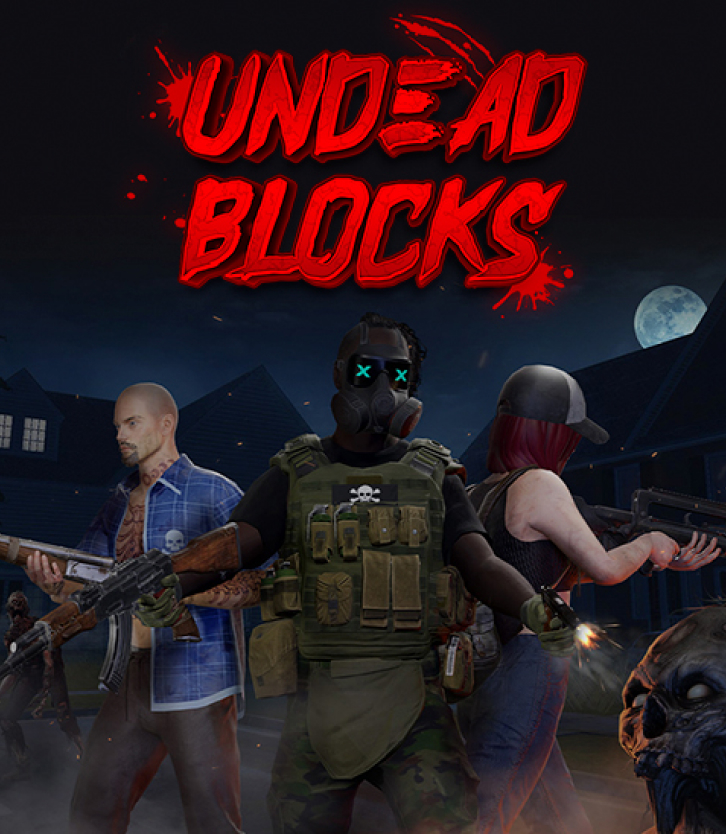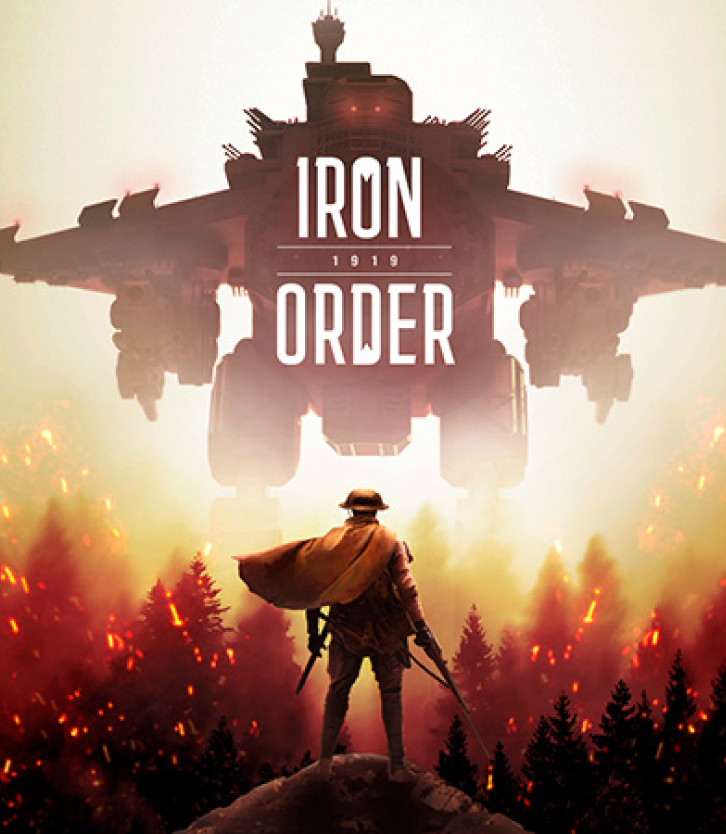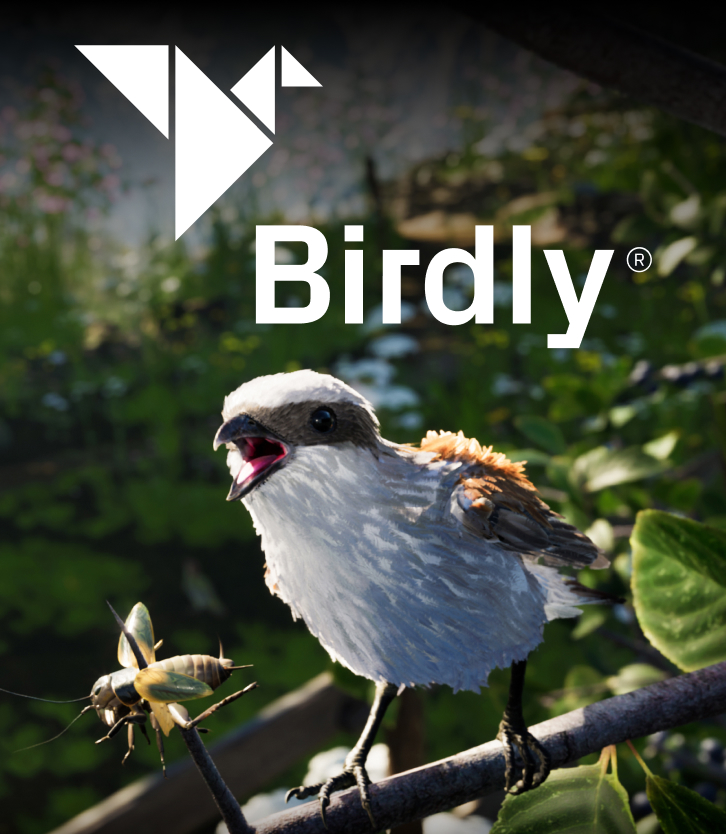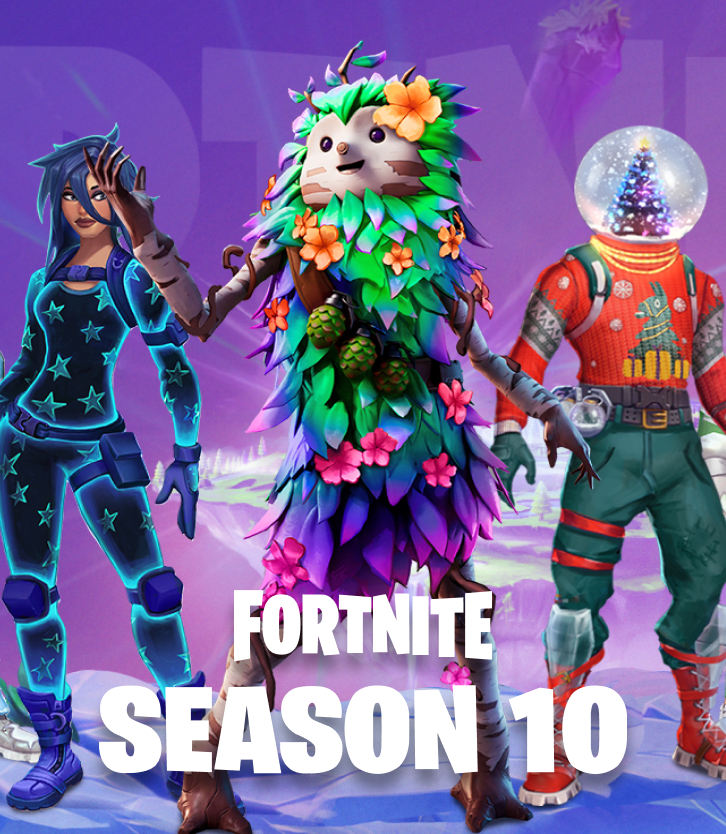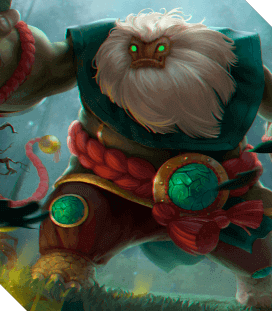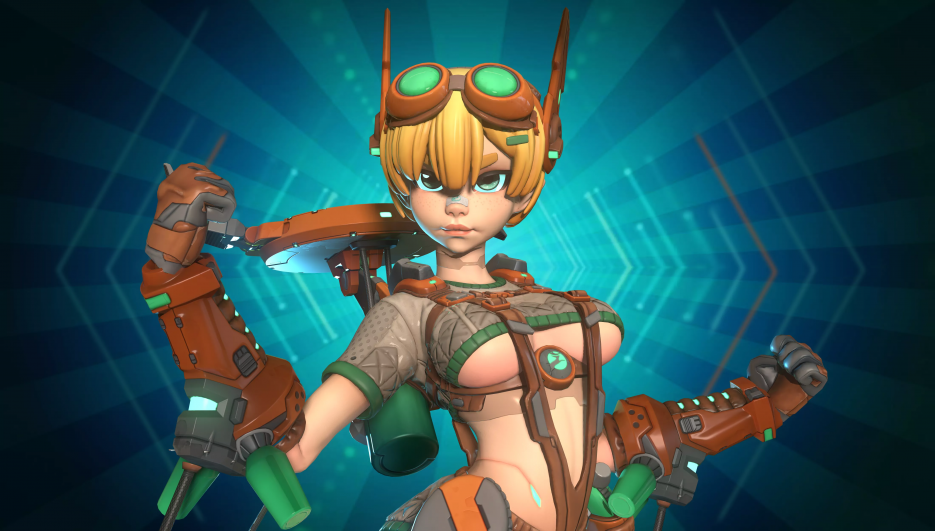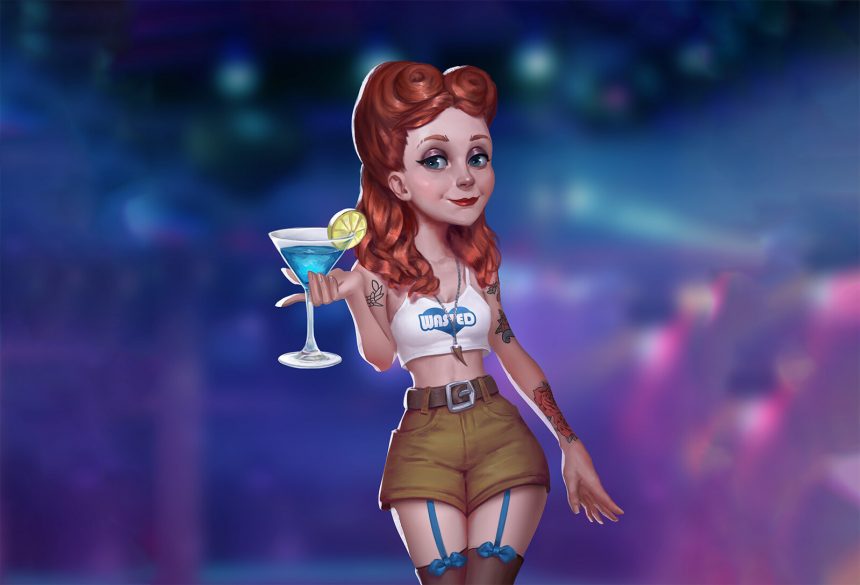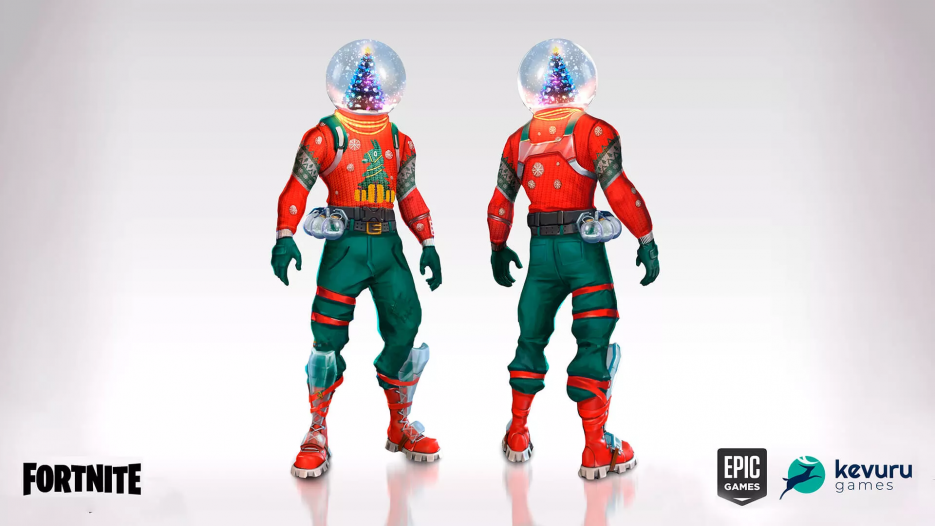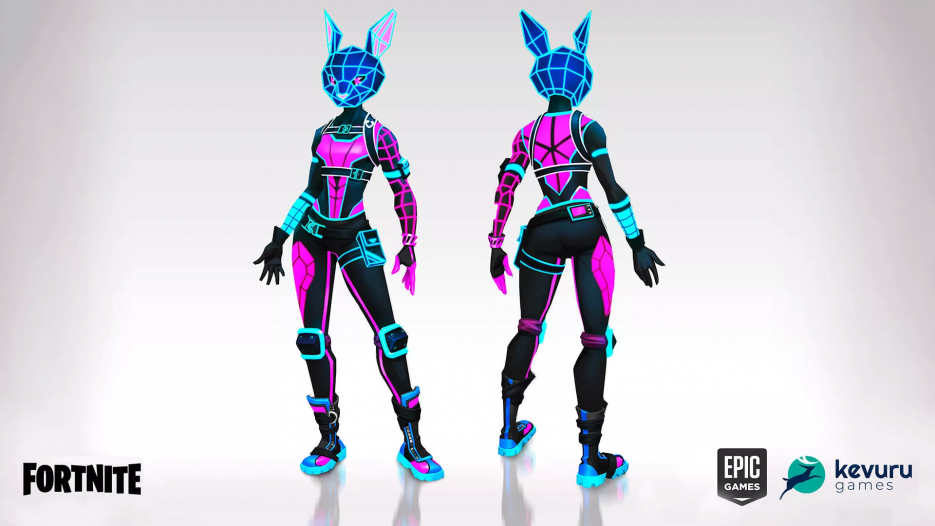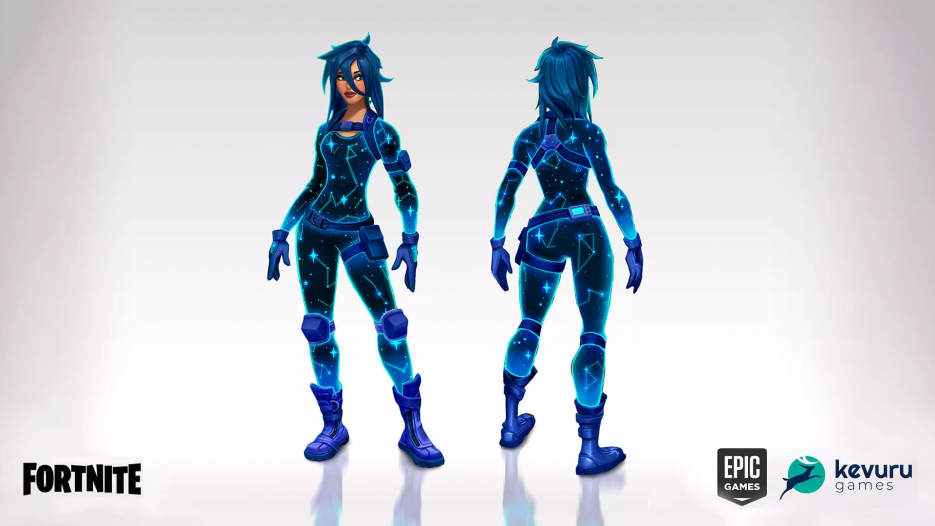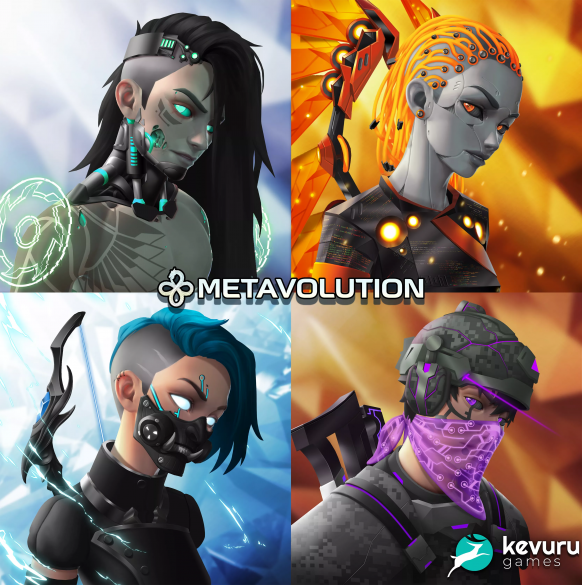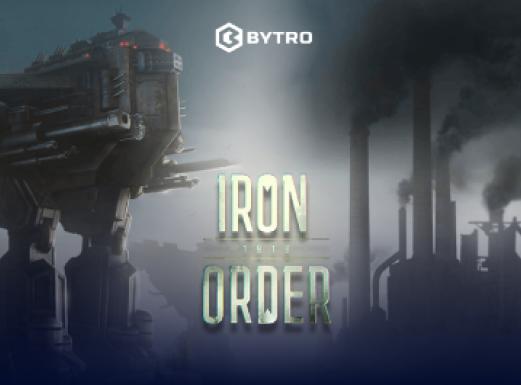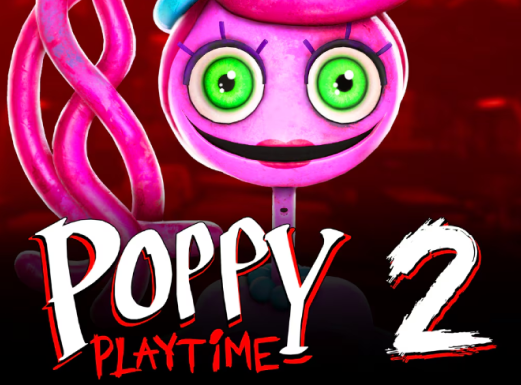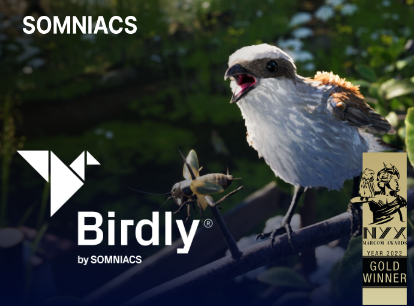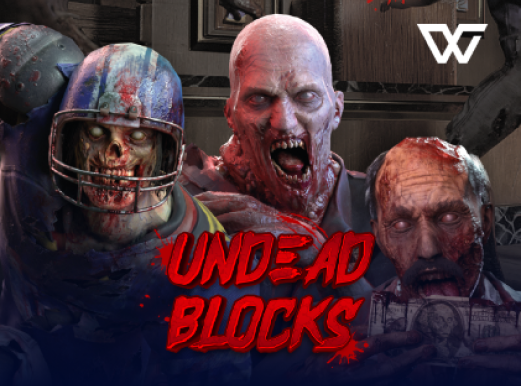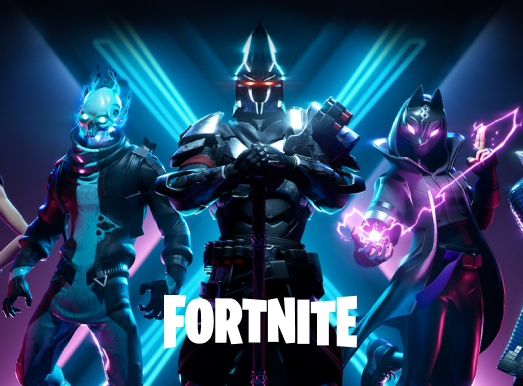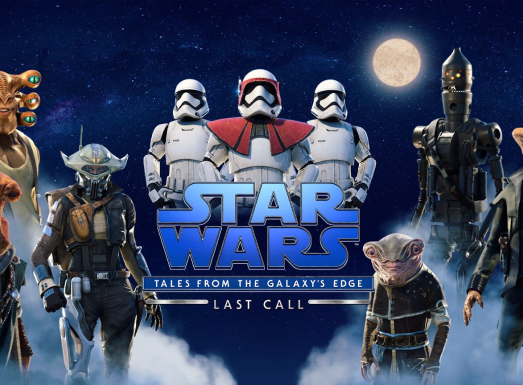Our Casual Game Art Services
Our team is ready to provide a wide range of game art services for the most modern and advanced games: we have all the tools, skills and an inextinguishable desire to make a unique product for this.
Our Technology Expertise
in Casual Game Art
The Team for Creating Your Ideal Casual Game Art
-
# Art Director
A person shaping the artistic mood of future digital art based on customer requirements. Fully controls the process of creating art, from the concept to the transfer of materials to the client, so as not to miss a single detail. Extensive experience allows the art director to immediately capture the wishes of the client and guarantee the best timely result in accordance with the latest industry trends.
-
# Project Manager
A full understanding of all product aspects at any stage of its development allows the PM to set clear objectives, control the timing and quality of execution, as well as improve the processes of working on arts in teams. Effectively manages departments and distributes responsibilities. Interprets all the wishes of the client in a form understandable to the team to obtain the desired result in the required time frame.
-
# Lead 2D Artist
An exceptional artist with outstanding organizational, drawing and composition skills. Drives the art creation for high end hyper casual game development projects, ensuring that cutting-edge visuals are achieved while successfully guiding the art team through the production. Understands the intricacies of different styles of game art, compiles the optimal production pipeline and knows how to optimize the timing of the stages.
-
# 2D Casual Artists
Experts having a deep passion for creating cool 2D casual art and excellent traditional artistic skills with a strong grasp of composition, anatomy, color theory, perspective, lighting, environment, character, costume and graphic design. Have a strong sense of design oriented towards high-quality stylization. Masters of various art styles, if necessary, they perfectly adapt to any of them. Create amazing art assets based on concepts approved by the client.
-
# Technical Artist
The link between the artists and the programmers working on a game, this specialist, having both artistic and technical knowledge, helps integrate art assets into a game without taking away either the artistic vision or going beyond the technical limits of the platform. Provides effective communication between developers and artists and overall balance of the project in accordance with the needs and hyper casual game ideas of the client.
Our Fundamental Benefits in Casual Game Art
Our team of talented designers will accompany you throughout the entire cooperation, advance your business idea to a higher level and simply increase the value of the final product.
Quick Facts About Us
Developers
Partnership
Business
Other Services
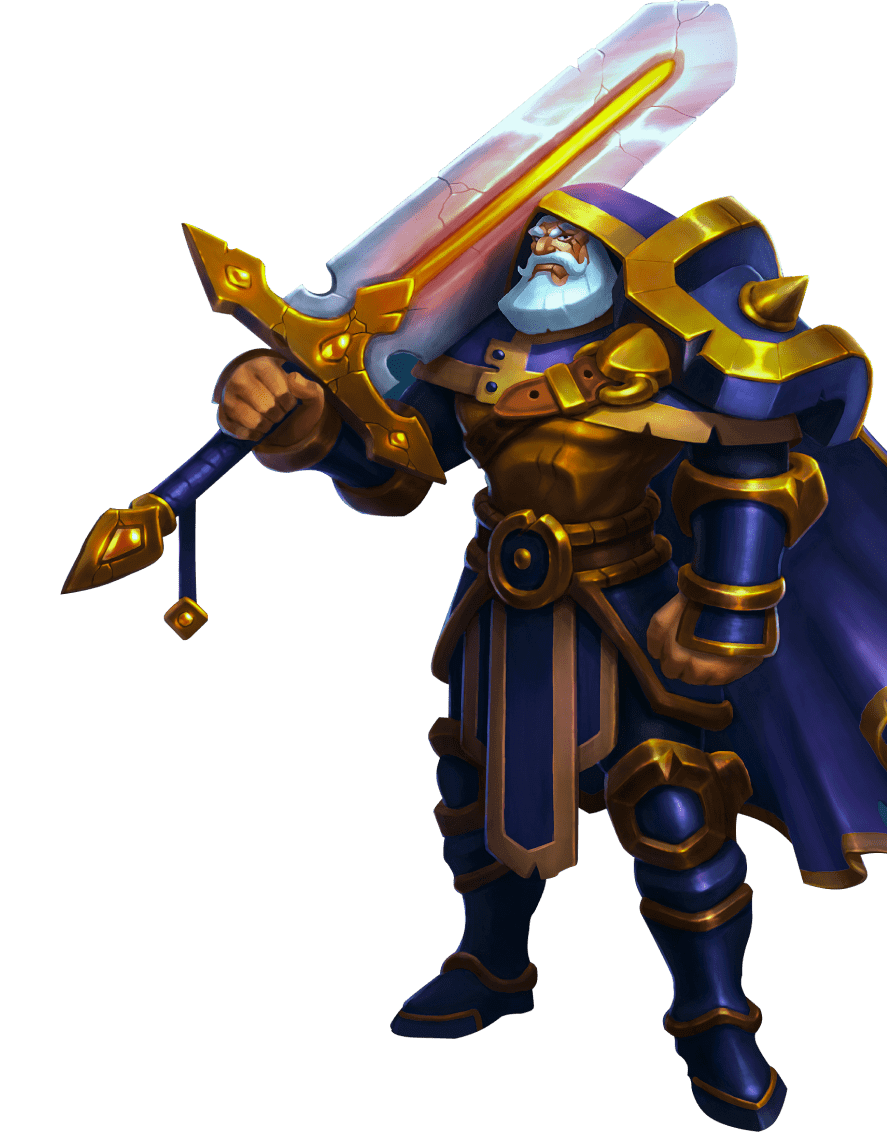
FAQ
What Is Casual Game Art?
Casual art is used for games on either mobile phones or personal computers that do not require much time to play. Casual games are designed to be played in short sessions, that’s why they are always so popular in the Play Market and App Store. They are easy to learn due to simple mechanics and easy gameplay. Artworks created for this type of game (slots, hidden objects, puzzles, cards, and board games) are characterized by a simple design but with bright, colorful and thematic objects. People of all ages, men, and women play casual/hyper-casual games. These games do not even need marketing to become popular.
Accordingly, a casual game designer needs to take into account the tastes of a wide audience and create a product that will be suitable for all groups of users. Moreover, the casual game design has to be adaptable. Such games are easy to pause and continue playing whenever you wish. These features allow people to play at any time and place, which makes these products so appealing. Besides, there has to be a balance between the “male” neutral and “female” bright color schemes, choosing something average that is suitable for both sexes.
Thus, game developers together with an art team strive to produce graphics that are close and understandable to different players. However, even when building casual game design on simple forms, there is still a need to create unique, bright graphics that will make the game recognizable and set it apart from other products. However, quality remains to be the primary focus for all gaming companies.
What Are the Stages of Casual Game Art?
To make good art, it is required to follow:
- Pre-production. At the beginning of the design phase of the game, it is vital to discuss and agree upon what kind of visualization is required.
- Concepts creation. The power of any artwork comes down to a clear understanding of the general idea (a high concept) behind each game. Besides, a game is composed of concepts that are developed directly at this stage.
- Design according to the common principles – reasonable proportions, the clear contrast between the foreground and the background, optimum distribution of elements, the emphasis of the most important ones, a coherent hierarchy, and unity of all visual elements.
Post-processing includes final detailing, texture mapping, color composition, and lighting to make artworks look realistic in the scene.
How to Hire Casual Game Artists?
This may seem like a simple task to hire a good artist for casual games, but it is not. There are practical steps you should follow to find the best available specialist for your project. Before rushing into the hiring process, decide on which engagement model you can benefit from – be it freelancing, in-house employment, outsourcing or any other type of cooperation. After you find your position, get down to a job posting with clear requirements.
What to expect of a casual artist? Solid knowledge of art creation, color composition, a full understanding of the intricacies of art, experience with a wide range of graphic editing programs (Adobe Photoshop, Illustrator, SketchBook, etc.)
Where to search for game artists? Most of them keep portfolios with artworks at ArtStation, Behance or Pinterest. By the way, don’t neglect to study a portfolio of potential candidates thoroughly. After studying portfolios and interviewing an artist for determining hard/soft skills, you can come up with a final solution – hire or not to hire this specialist. Keep in mind that every stage of selecting candidates takes a significant amount of time. If you’re too busy or have no expertise in casual art, you’re welcome to recruiting or outsourcing services.
Why Outsource Casual Game Art?
Not convinced of outsourcing some job functions to other companies? Here you are the statistics – 78% of business representatives find outsourcing relationships positive for final outcomes. Cost-cutting is the primary reason why it is worth outsourcing, especially to such countries as Ukraine, Belarus, Poland or Bulgaria. The average hourly rates of artists in Eastern Europe differ from those that are in the USA, Canada or the UK. In this way, you get global access to skilled expertise increasing the productivity of your in-house teams.
Besides, it is possible to focus on core business operations like business development, sales increase, and others. Finally, outsourcing allows achieving better efficiency, improving risk management and other areas in the business. Feel free to rely on your outsourcing partners and reduce your burden. So, outsourcing will guarantee you an increase in productivity, business capacity, customer loyalty, quality level, profits and many other benefits.
How Do You Make a Hyper Casual Game?
To make a hyper casual game, we define with the following points:
- Selecting the necessary game mechanics. These can be rising/falling, tap/timing, dexterity, merging, stacking, turning, growing, and swerve mechanics. The choice of mechanics depends on the request and needs of the client. Each of them has its own advantages.
- Determining the ways of monetization. Since hyper casual games are usually free, you need to consider ways to monetize. The main business model of such games is advertising: banners, video ads and the ability to disable this advertisement. We coordinate all these issues with the client and his or her marketing team.
- Drawing the visual part. Our artists create the most simple to understand, but attractive and beautiful mock-ups for the game. After agreeing with the client of the visual elements, we move on to the next stage.
Developing a game. The best option for a hyper casual game is the Unity engine, but if the client prefers Unreal Engine, we are ready to consider this option. We recommend making hyper casual games on Unity, as such games will be more lightweight and will work more smoothly even on smartphones without high-end processors. Usually the backend is not required for such games. However, if the client wants to add some bells and whistles to the game such as sharing progress on social networks, in-app purchases or push notifications, we connect the backend developers to the work.
What Is a Hyper Casual Game?
Hyper casual games are lightweight games with simple mechanics that provide instant one-tap gameplay and immediate player satisfaction.
Hyper casual games are designed for instant fun: anyone can and start playing in seconds without a tutorial, because the games have basic mechanics. Hyper casual games are a great way to spend time waiting for a bus or coffee, as well as to perform challenging tasks, indulging in an addictive and exciting experience.
Due to its fundamental simplicity, hyper casual games are infinitely replayable: they do not bother the gamers and perform a kind of meditative role. The combination of simple mechanics and a minimalistic user interface provides a very accessible and incredibly attractive user experience.


